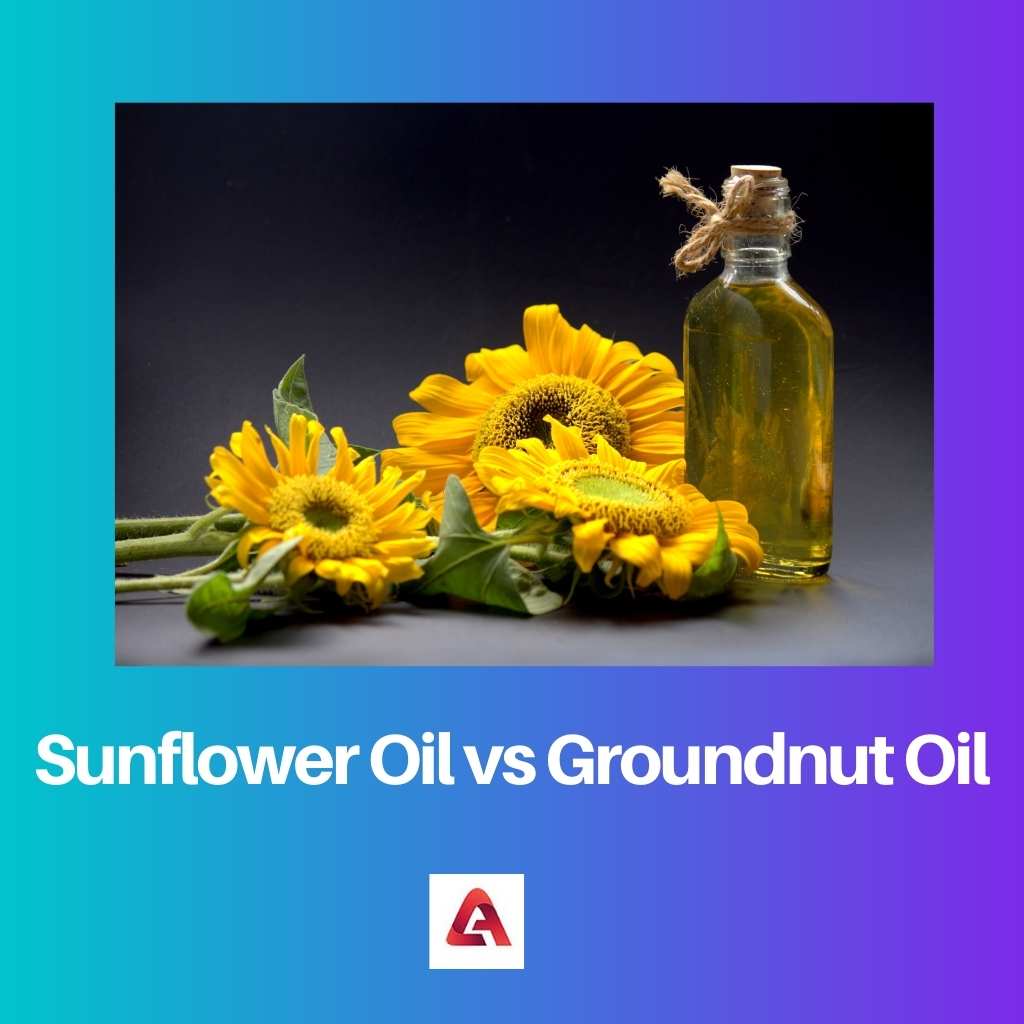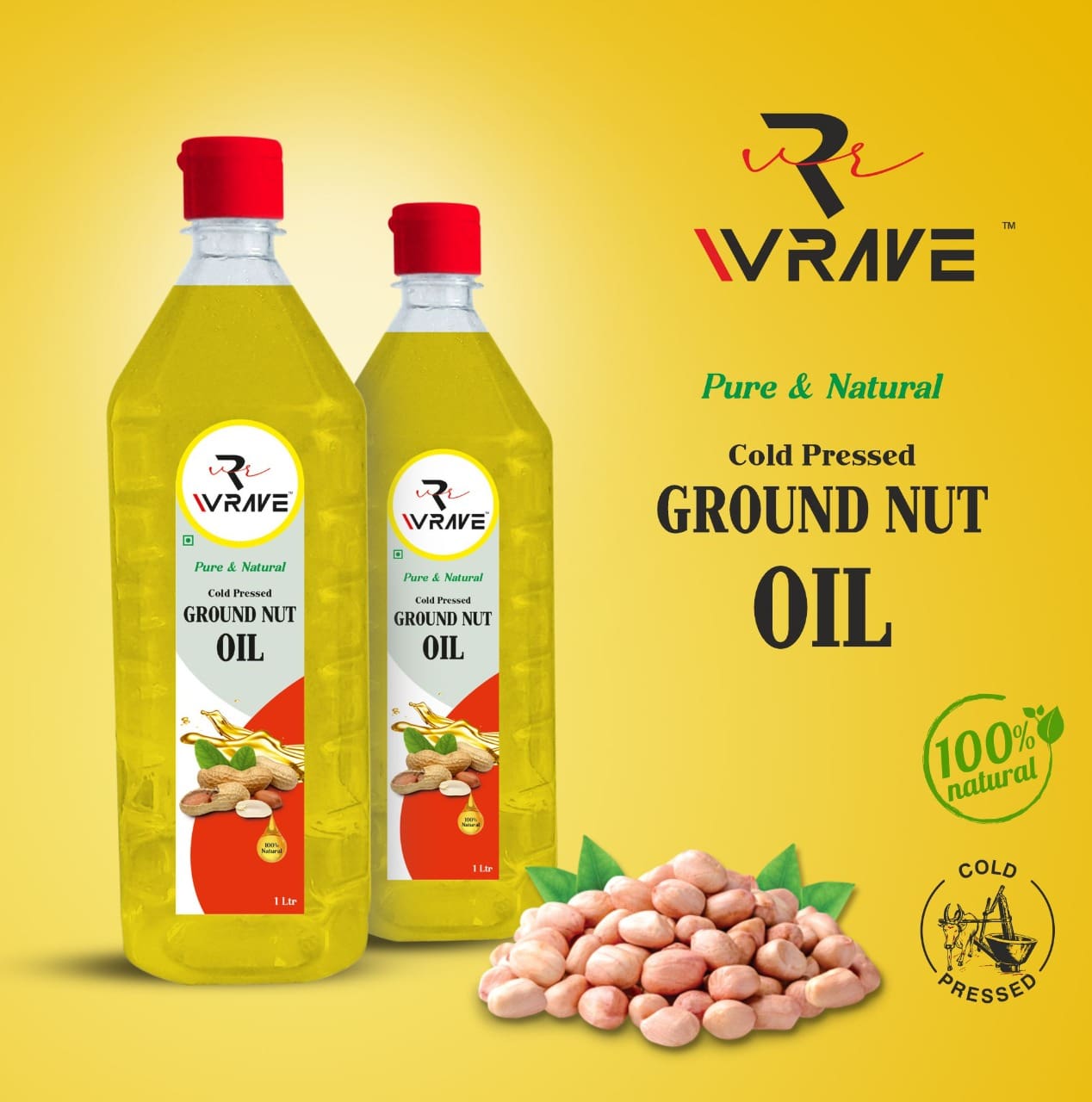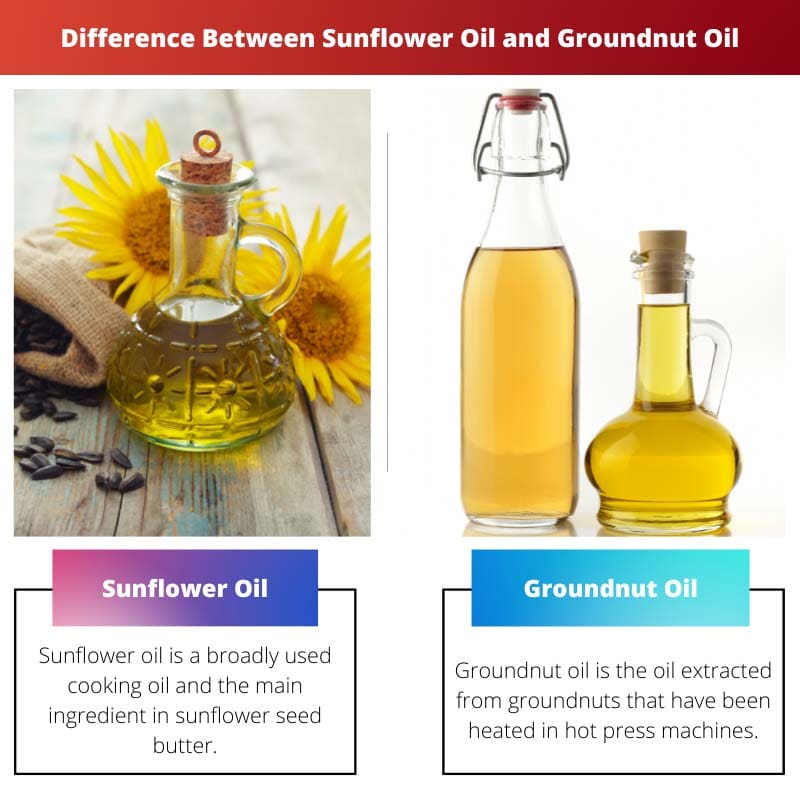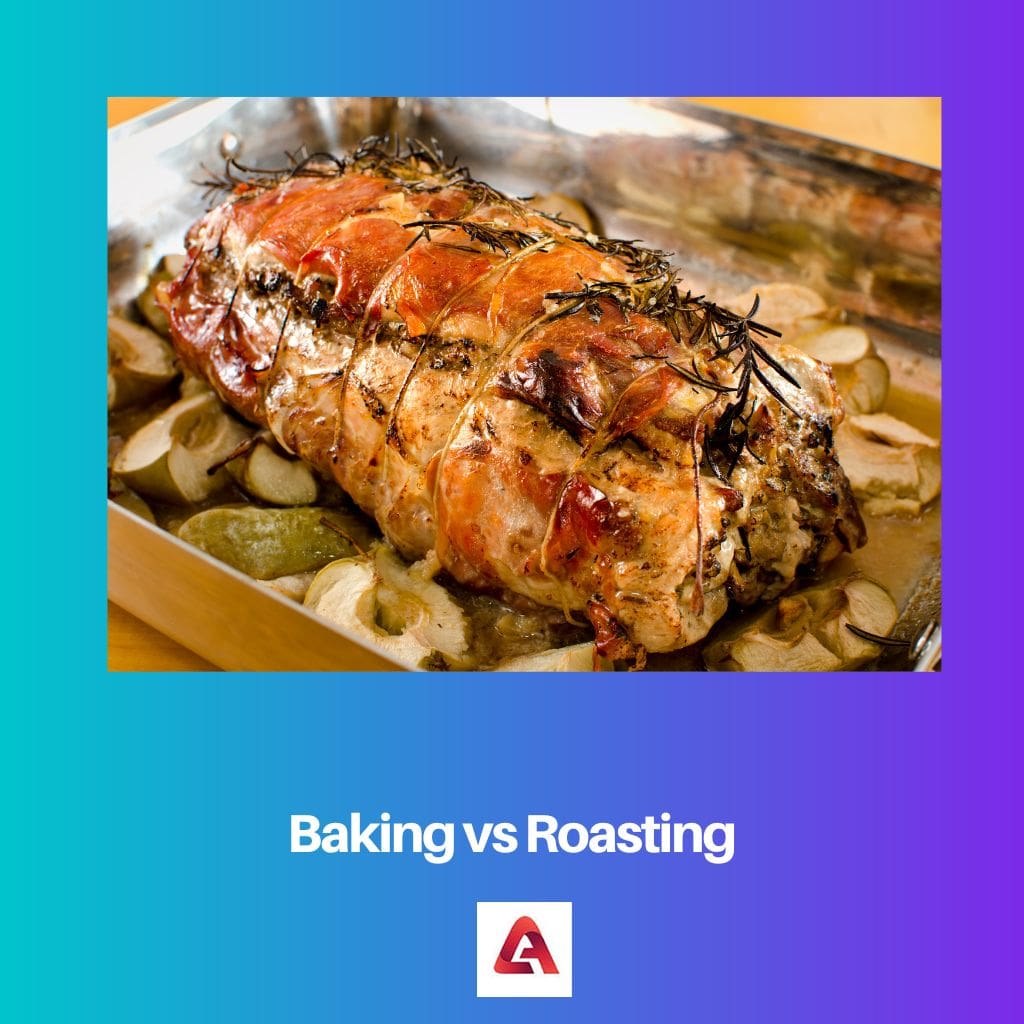Sunflower oil and groundnut oil are both vegetable oils with distinctive characteristics. Sunflower oil is a clear, light-colored vegetable oil that is rich in monounsaturated fats.
When used for cooking, it has a relatively high smoke point and can be heated to a very high temperature without burning. Groundnut oil is another monounsaturated fat-rich vegetable oil that comes from peanuts.
It is similar in color to sunflower seed, with a nutty flavor and aroma typical of roasted peanuts.
Key Takeaways
- Sunflower oil is extracted from sunflower seeds, while groundnut oil is extracted from groundnuts or peanuts.
- Sunflower oil has a high smoke point and is suitable for frying, while groundnut oil has a strong flavor and is used in Asian cooking.
- Sunflower oil is low in saturated fat and high in vitamin E, while groundnut oil is a good source of monounsaturated fatty acids and vitamin E.
Sunflower Oil vs Groundnut Oil
Sunflower oil is extracted from the seeds of sunflowers and is known for its mild, nutty flavor and high smoke point. Groundnut oil is used for frying and cooking due to its high smoke point and stability at high temperatures. It is also used in Asian cuisine for its flavor and aroma.

Sunflower oil is a broadly used cooking oil and the main ingredient in sunflower seed butter. It comes from sunflowers, which are part of the daisy family.
Sunflower oil contains mostly polyunsaturated fats, making it one of the healthiest oils for your heart. Sunflower oil has a mild and neutral flavor that is easy to use in cooking and baking.
A tablespoon of sunflower oil contains 86 calories.
Groundnut oil is the oil extracted from groundnuts that have been heated in hot press machines. It contains a high content of polyphenols, as well as vitamin E, manganese, and zinc.
Groundnut oil is made in a process similar to peanut-butter making, but without peanuts and without any mechanical processing of the ground nuts. In this process, groundnut oil is extracted through the action of water and steam.
Comparison Table
| Parameters of Comparison | Sunflower Oil | Groundnut Oil |
|---|---|---|
| Sustenance | It has sustenance of omega-3 fatty acids. | It is well-off in essential fatty acids, omega-3, omega-6, and trans fatty acids. |
| Unsaturated Blubber | It has a towering elevation of unsaturated blubber. | It has a reduced elevation of unsaturated blubber. |
| Implementation | It is tailor-made for salad dressings than for cooking. | It is tailor-made for cooking than salad dressings. |
| Smoke extremity | 400 degrees Fahrenheit. | 410-415 degrees Fahrenheit. |
| Cost | It is high-priced. | It is low-priced. |
What is Sunflower Oil?
Sunflowers are self-pollinating plants. This means that to produce seeds, flower heads of a sunflower plant should be manually crossed with each other.
Moreover, the depth of the soil in which sunflower plants are grown determines the color of their seeds; this is why most sunflower oil comes in golden yellow colored bottles.
Sunflower oil is popular cooking oil and the main ingredient in sunflower seed butter. It’s high in polyunsaturated fats, making it one of the most heart-healthy oils. Its neutral flavor makes it easy to use in recipes.
The seeds are similar to sesame seeds, which are sometimes substituted as a way to help digest cereal as well as other dishes.
Sunflower seeds are a popular snack during pre-school years due to their easy digestibility and nutritional profile. Like other nuts, they contain protein, healthy fats, and fiber.
The seeds, which are very similar in appearance to sesame seeds, can be used in different recipes such as pancakes, cookies, or in hot cereals.

What is Groundnut Oil?
Groundnut oil contains a high level of monounsaturated fats, which are prone to oxidization. Rancidity may occur due to the production of hydrogen peroxide in the presence of light.
This can be prevented by keeping it tightly capped at all times. The extraction takes place by using a solvent such as hexane or petroleum ether as an extraction agent.
Groundnut oil is a drizzled oil and cooking medium that is primarily prepared from groundnuts. It is made using pressure to extract the oil from the raw nuts.
The resulting peanut paste, which can vary in color depending on the form of groundnut being used, is dried and roasted into dry powder.
This powder may then be heated with vegetable material like soybeans or cotton seeds to produce peanut butter.
Groundnut oil is used in medicinal skin treatments, including as an emollient, a drying agent, and a skin softener. It is also widely used in massage therapies.
The oil is used in the production of cosmetics due to its high content of fatty acids, about 80% oleic acid, and palmitic acid.
Groundnut oil has been used against hyperkeratotic conditions such as lichen planus, psoriasis, eczema, and acne. The oil is also used to treat some types of rheumatoid arthritis and as an emollient.

Main Differences Between Sunflower Oil and Groundnut Oil
- The Sunflower oil sustenance encompasses omega-3 fatty acids, whereas the Groundnut oil sustenance encompasses essential fatty acids, omega-3, omega-6, and trans fatty acids.
- The unsaturated blubber of Sunflower oil has a soaring altitude, whereas the unsaturated blubber has a short altitude.
- The Sunflower oil is assembled perfectly for salad dressings than for cooking, whereas the Groundnut oil is assembled for cooking than salad dressings.
- The Sunflower oil smoke extremity is 400 degrees Fahrenheit, whereas the Groundnut oil smoke extremity is 410-415 degrees Fahrenheit.
- Sunflower oil is high-budgeted, whereas, Groundnut oil is low-budgeted.









